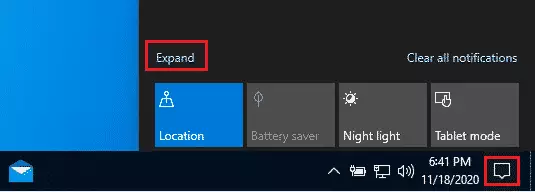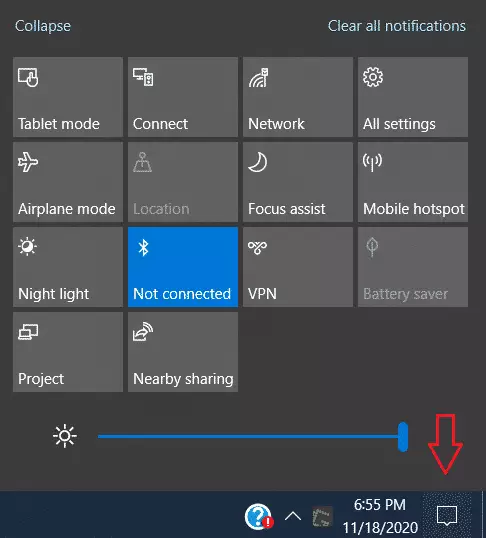This brief tutorial shows students and new users how to fix common Bluetooth issues using Windows 10 computers.
Learning to fix Bluetooth issues in Windows 10 can be useful in many situations. For instance, if you are having trouble connecting your Bluetooth headphones or speakers to your Windows 10 computer, knowing how to troubleshoot the issue can save you a lot of frustration.
Additionally, if you plan on using Bluetooth devices frequently, it’s essential to know how to fix any issues that may arise. Learning how to fix Bluetooth issues in Windows 10 can improve your computing experience and save you time and energy in the long run.
To get started with fixing Bluetooth issues in Windows 10, follow these steps:
Turn on Bluetooth on Windows 10
If your computer has Bluetooth capabilities, go and turn it on. Some laptops have physical Bluetooth switches on their body, so ensure they’re switched on.
There are multiple ways to turn on Bluetooth on Windows 10:
On the taskbar, select action center. If you don’t see Bluetooth, select Expand to reveal Bluetooth, then select Bluetooth to turn it on.

You can also go to Settings by the Start button, then select Settings > Devices > Bluetooth & other devices. Make sure Bluetooth is turned on.
You’ll see “Not connected” if your Windows 10 device isn’t paired to Bluetooth accessories.

Troubleshoot Windows 10
If the Bluetooth is on and still can pair, then follow these steps:
Please turn off your Bluetooth device, wait a few seconds, then turn it back on. It would be best to ensure that the Bluetooth device you wish to pair is in range of your Windows PC.
If you can turn on Bluetooth and the pairing device is in range but still has problems, try to uninstall the Bluetooth adapter and trigger an automatic reinstall.
- In the search box on the taskbar, type device manager, then select Device Manager from the results.
- In Device Manager, select Bluetooth. Press and hold (or right-click) the Bluetooth adapter name, and select Uninstall device.
- Select Start, then select Power > Restart.
- If you restart and Windows doesn’t reinstall the driver automatically, open Device Manager and select Action > Scan for hardware changes.

Run the Bluetooth Troubleshooter
Run the Bluetooth troubleshooter if you still can’t get Bluetooth paired after the steps above.
Select Start, then select Settings > Update & Security > Troubleshoot. In Find and Fix other problems, select Bluetooth, select Run the troubleshooter, and follow the instructions.
These steps might get you working again if there are no issues with the Bluetooth device.
Conclusion:
- Troubleshooting Bluetooth issues in Windows 10 can enhance your overall computing experience.
- Remember to check that Bluetooth is enabled and your device is in range.
- If issues persist, uninstalling and reinstalling the Bluetooth adapter can resolve many problems.
- Utilizing Windows’ built-in Bluetooth troubleshooter provides additional support and may identify unseen issues.
- Keeping your Bluetooth drivers updated ensures better compatibility and performance with connected devices.

Leave a Reply Cancel reply